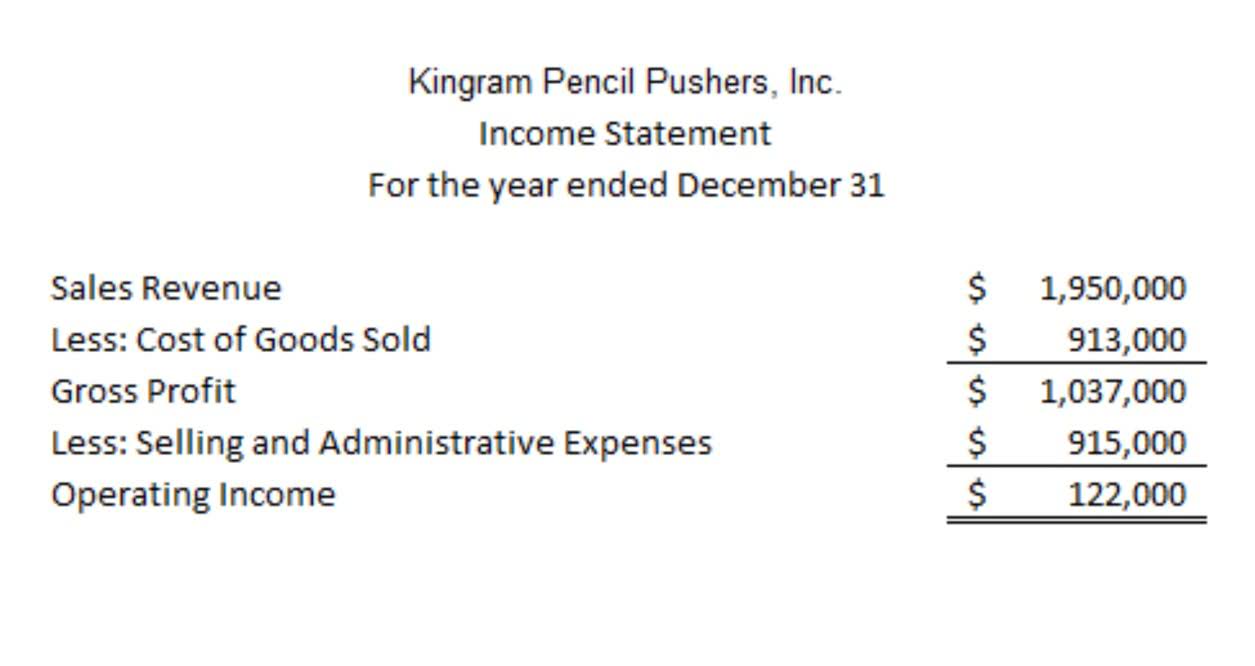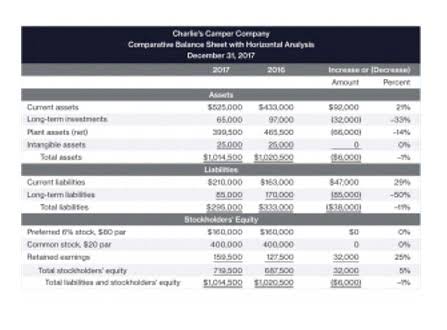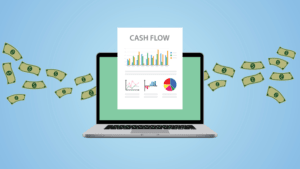
The CPG industry is a major economic force, with a significant presence in both traditional retail and ecommerce channels. The global CPG industry is predicted to add $3.18 trillion in value in 2024. More and more consumers are recognizing the value of choosing store-branded products, contributing to a sustained increase in sales. Key players in the food and beverage industry under the CPG sector include renowned companies such as Unilever, Kellogg Company, McCain, Tyson Foods, Nestlé, Coca-Cola Company, and Pepsi.

Within Technology, Media, and Telecommunications
Their research also shows that consumers are favoring clinically proven ingredients in these types of products. McKinsey reports the top two areas of consumer spending in this sector are appearance and health. Bloomberg’s stats predict the overall pet food market will surge ahead 52% in the next five years to land at a value of $135 billion. According to Bloomberg Intelligence, the pet care industry was valued at $320 billion in 2023 and could grow to nearly $500 billion by 2030.

Launch your brand in the US today!
In 2019, the company brought in annual revenues of USD 31.85 billion — making it one cpg accounting of the top CPG firms in the world by revenue. Some CPG brands are now more transparent about where they source their products from. This applies to food and clothing in particular and results from consumer demand. Brands selling CPG now use data and analytics to create personalized ads that target consumers.

Harnessing CPG Data Insights to Elevate Your Marketing Strategy
Plant-based foods, luxury pet care items, and health and wellness products have seen increased demand. These trends present opportunities for CPG companies to diversify their product lines and tap into emerging markets. CPG companies rely heavily on manufacturers to produce their goods efficiently and at scale. This dependency creates a ripple effect throughout the manufacturing sector, influencing everything from equipment design to quality control processes.
The rise of snacking fuels growth in convenient on-the-go options like nutrition bars and single-serve packs. And consumers increasingly seek out authentic ethnic cuisine flavors within beloved brands. The company is focusing on growing its presence and position in the plant-based food and beverage industry and plans to continue introducing new products to cater to consumers with plant-based dietary preferences. Consumer Packaged Goods (CPG) news covers the latest developments, trends, and events impacting the industry.
Growing Reliance on Retail Media Advertising
- These products, widely available at retailers globally, are frequently purchased for immediate consumption, with consumers instinctively replenishing their preferred frozen meals.
- These items fly off the store shelves, constituting daily or weekly purchases.
- “In our view, this is the tightest driver market we have seen in our nearly three decades of being involved in the trucking sector,” Cowen & Co. transport analyst Jason Seidl said.
- Emerging markets like China, India, and Southeast Asia offer immense potential for CPG growth due to their large and rapidly growing populations.
- Advanced retailers are already exploring the use of AI to streamline and tilt supplier negotiations in their favor.
Indeed, innovation plays a significant role in enhancing the competitive advantage of CPG companies by improving performance, strategic management, and measurement effectiveness. It enables companies to capitalize on growth opportunities, leverage macroeconomic factors, and attain business benefits. Consumers are gravitating towards organic and natural food options, reflecting a broader trend towards healthier lifestyles. This growing preference is prompting CPG companies to innovate and expand their product lines to include more health-centric offerings. Leading consumer packaged goods (CPG) companies like Procter & Gamble, Nestle, and PepsiCo are defining market trends and consumer engagement in 2025. In this quick guide, uncover how they maintain their edge through innovation and response to emerging consumer demands, setting the stage for what to expect from this comprehensive analysis.


This January brought a 15% year-over-year increase in demand while February QuickBooks saw a 12.1% increase, with winter storms factoring into the slowdown. Slow emergence from pandemic life combined with record demand in the first quarter led to a revision of the CPG economic forecast that now anticipates greater sales and a later return to normal growth patterns. By treating organizations as living organisms, we can build ecosystems that adapt, evolve, and thrive under pressure. Whether it’s extending supply networks, migrating to modern systems, harmonizing operations, using AI thoughtfully, or putting people first, the steps we take now will determine future growth and longevity. No matter how advanced your technology, people are the key to successful transformation. Every company needs to put employee and customer needs at the heart of decision-making.
The fight for shelf space in physical stores remains fierce, while the rise of direct-to-consumer (DTC) brands and digital advertising has shown that consumers crave personalized experiences. Current CPG trends highlight industry shifts towards technology and personalization, emphasizing how CPG companies are adapting to consumer preferences through innovative practices. The consumer packaged goods (CPG) industry encompasses a diverse range of Partnership Accounting product categories meeting everyday consumer demand. From food and beverages to personal care items and household products, CPG brands produce convenient, affordable items used regularly by consumers. PepsiCo is a global CPG giant recognized for its diverse portfolio that spans both snacks and beverages.
